Class of 2019 | sadhviv@wharton.upenn.edu
Business and Industry Overview
InstaReM, stemming from the words “instant remittance,” is a company that provides and manages a digital payment platform in Asia. Their system focuses on allowing its customers to send money from their account to another account in any country within Asia. CEO Prajit Nanu and COO Michael Bermingham founded InstaReM due to frustration with the experiences they faced with sending money abroad. Based in Singapore, InstaReM now has a twenty person team, locations in Sydney, Singapore, Mumbai, and New Jersey, and 17 bank partnerships.
Their customers include individuals, small and medium-sized enterprises (also known as SMEs, which, for example, employ less than 250 people and have an annual balance totaling no more than 43 million euros, as defined by the European Commission), and financial institutions. Individuals like immigrants find this service attractive while SMEs, which make up about 20 percent of InstaReM’s customer base, also use it for the reduced costs and faster transaction processing. In addition, some medium-sized establishments find InstaReM useful for the possibility of increasing their handling of transaction volumes.
InstaReM focuses on being fast, compliant, and low-cost in the money transfer space. The average transaction amount is about $1800 on InstaReM, and it can be processed in just a few hours instead of the 24 to 48 hours required by most other transferring platforms. InstaReM also has a different pricing strategy for its services; that is, they charge a percentage of the transaction (usually less than 1 percent) instead of both the transaction fee and FX spread/conversion fee (based on bid and ask prices) done by others.
The reason InstaReM is able to do this is because they work with mid-size banks that already trade using foreign currencies, helping cut costs and inefficiencies while increasing liquidity. Other payment processors like TransferWise set up a multiple of bank accounts that they then use to send money across different countries, with their customers’ transactions as the float. This approach tends to increase transferal time and the company’s costs.
In less than a year, they have gained about 2 percent of all transferals from Australia to India. Furthermore, InstaReM has licenses in Australia, Hong Kong, and Canada, and is in the process of receiving one in Singapore, Malaysia, Japan, Luxembourg, and certain U.S. states.
Funding and Investors
In mid-March, Vertex Ventures, based in Singapore, along with Fullerton Financial Holdings (FFH) and Global Founders Capital (GFC) conducted a Series A investment of $5 million in InstaReM. The first round of a Series A financing usually occurs after a newly-begun venture has used seed capital. Therefore, this was the first time that equity stake in InstaReM was offered openly to outside investors. The managing director and general partner at Vertex Ventures stated that they found InstaReM’s integration with banks and ability to carry out tasks impressive given the complexities of the fintech space in Asia. Furthermore, the rapid growth of the company itself – from being relatively unknown to one of the leading digital payments services in Australia – also led to both its need and receiving of funding.
Vertex Ventures is the venture capital branch of Singapore’s government-run fund, Temasek Holdings. FFH, a direct subsidiary of Temasek, is an investment company that invests in innovative companies in financial services in Asia and other emerging markets. GFC, a fund based in Luxemburg that does focus on seed and series A investing, was an early investor in InstaReM and had actually assisted with their seed capital as well.
Effects and Plans
The CEO of InstaReM is aiming for $100 million monthly in transaction volumes by the end of 2016. InstaReM plans to focus on volume rather than higher margins per transaction. They would like to reach one billion dollars in transactions in two and a half years, versus the average four years it takes for similar companies. They plan to expand in both large markets and more secluded ones, such as Nepal and Bhutan.
Furthermore, they are working on new products and services which they would like to introduce to the “unbanked populations” and strong networks of South Asia (Russell). Integrating with banks seems to be a keep aspect in their ability to keep costs low while increasing speed, and continuing to deepen these relationships could serve as their major advantage.
The investment in InstaReM will assist with licensing, expansion geographically, scaling the platform, technical development, and marketing. Rapid growth being one of their strategies, InstaReM’s recent funding may accelerate the process of entering new countries and getting in front of potential consumers. This previously unheard of name may become the leader in digital payments in Asia soon, for its modern approach of combining low cost, high speed, reliability, and convenience, appeals to a broad audience. Yet, in order to understand the extent of InstaReM’s advantage and possible dominance, it is essential to first gauge the level of importance consumers place on these enhanced capabilities.
Comparison of Pricing Differences


